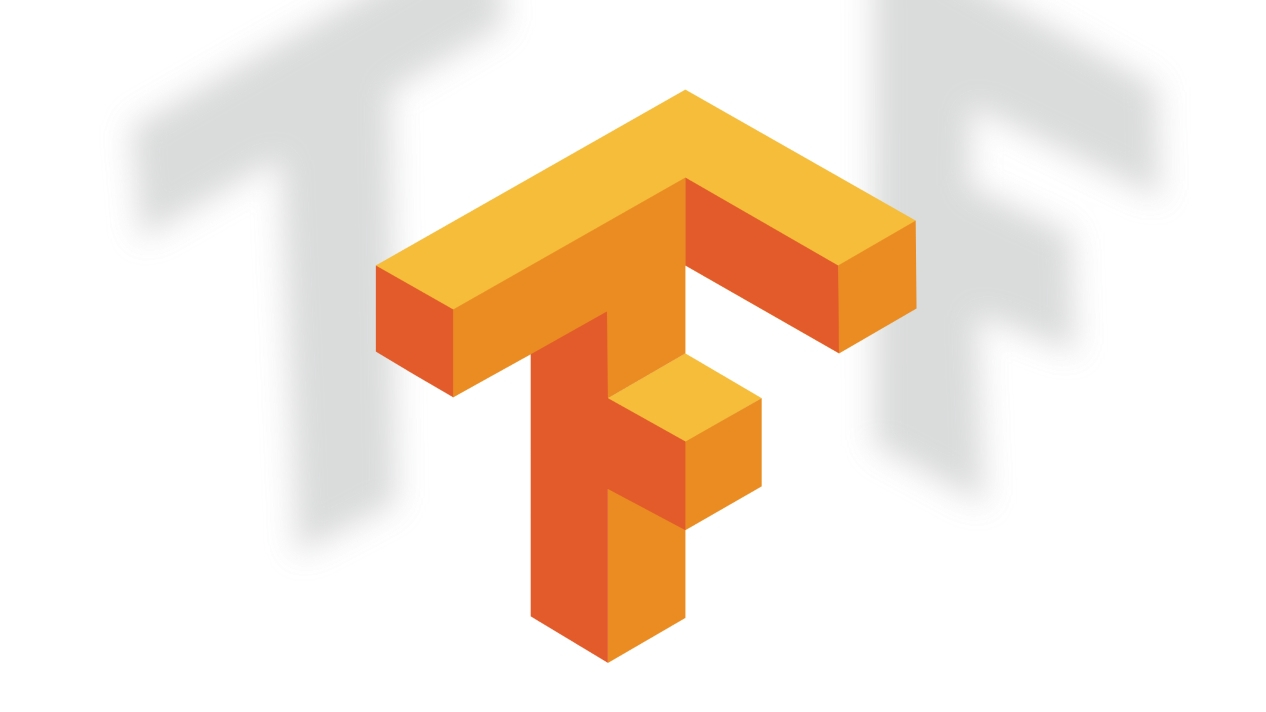
(Photo: CGTN)
TensorFlow, a tool that allows people who aren't tech savvy to embrace artificial intelligence (AI), is expanding quickly in China.
But as a part of Google, can it be a success in the Chinese mainland? We at CGTN asked that question to TensorFlow staffs at the World AI Conference on Sept. 18 in Shanghai.
The short answer: TensorFlow is open-source so it's going to be OK.
But what makes open-source software different from all the others?
"The ecosystem is the most important thing," explained Rajat Monga, engineering director of the product. "The faster this area grows, the better it does for areas like us as well."
Monga describe this strategy as a "win-win-win situation."
Mike Liang, the software's product leader in China, also made his own explanation on why he thinks TensorFlow has a bright future in the country, as shown in the following video.
Monga also explained what has been improved after the TensorFlow-based AlphaGo software won a weiqi - a game also known as go or baduk - competition against one of the world's best human players.
"We've been really focused on how to make [TensorFlow] easier to use," he said.
The team has re-written the software with another computer language recently, namely Javascript, to make it available on webpages.
When Chinese arts get smart
The Google team built a demo area near the conference hall to show-off their ideas of how to apply AI in various areas. One of the focuses is art, particularly Chinese traditional art.
If you are into Chinese culture, you may already know that this year is the Year of The Dog in the traditional Chinese calendar.
Because of this, the company has a demo in which you can use your hand to form the shape of a dog's head, and the computer will recognize the shadow of the shape on the wall.


